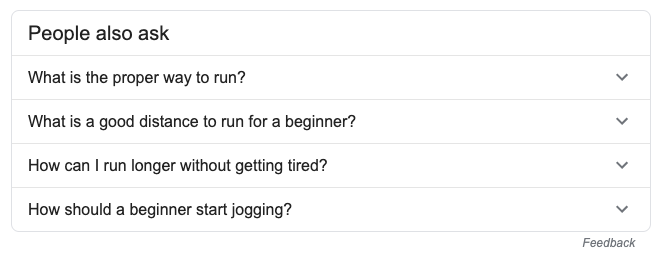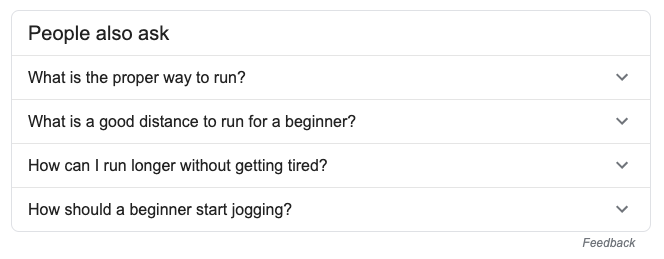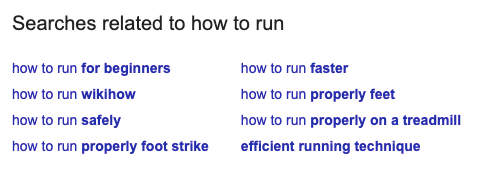
Every time you publish and promote a fantastic piece of content, it gets the attention of your audience. People come to your blog or site to read, share and comment on it.
Unfortunately, that initial burst of traffic and visitors doesn’t usually last long. Even content that gains significant attention soon after it’s published can see that interest decline quickly.
So what do you do next if you want people to keep coming back to your blog or site?
You get back to writing so that two-three days later you can hit publish on a new great piece of content and get that traffic back up.
But there’s another solution that’s less time-consuming and can yield great results in terms of staying relevant and attracting traffic to your content month after month. It involves creating evergreen content around evergreen topics.
If you’ve not heard about evergreen content before, keep reading. In this post, we’ll explain what it is as well as share some tips and advice on how to create evergreen content that gets read and shared consistently over a longer period of time.
What is evergreen content?
Evergreen content is content that stays relevant and carries the same value long after it’s published. No matter if it’s a blog post, a video tutorial or a case study, this type of content covers a topic that’s always relevant and of interest to your target audience, regardless of season or the current news cycle.
Wondering how it’s different from regular content?
Take the following topics for example:
- How to fix scratches on a screen
- 46 healthy dinner recipes
- What is search engine optimisation (SEO)?
Then compare them to these:
- The five best smartphones to be launched in 2020
- The best destinations to visit this summer 2020
- How to fix your site after Google’s latest algorithm update
See how readers might visit the latter pages only at the time of their publication or at a certain time of the year? Meanwhile, the pages with information about fixing scratches on a screen, healthy dinner recipes and SEO are useful any time from January to December, year after year.
This distinction is what makes the first set of topics “evergreen”.
So while the topics in the second set are time-sensitive, thus losing relevance and interest over time, evergreen content is always “fresh” and attracts readers days, months, and sometimes even years after it was originally published.
Why you need to add it to your content marketing strategy
Evergreen content is powerful and there are lots of benefits to adding it to your content marketing strategy, including:
- It drives a consistent stream of traffic to your site. People are always searching for information and answers to their questions. Some are searching for a healthy dinner recipe now, others will be searching for it tomorrow, next month, or next year. So even if you get a spike in traffic soon after you publish a piece of content (provided it’s relevant and quality), it will continue to bring visitors to your site weeks, months and maybe even years after it’s published.
- It can help with your backlink and SEO strategy. If it’s great content, other sites and blogs will link to your content to recommend it to their readers. As a result, Google can boost your ranking and visibility in the search engine results so you show up at the top of the results when someone runs a search for that topic.
- It saves you time. Since it’s not timely content, you can create and publish it and let it do its job. You may have to update it once in a while to ensure it’s still relevant but that’s far less time-consuming than if you were to write another piece of content from scratch.
- It saves you money. Evergreen content works hard for your brand not just today or this week but a month or even a year from now.
How to create evergreen content
Now that you know what it is and the value it can bring to your small business website, let’s look at a how you can get started with creating evergreen content.
Find your evergreen topics
The first step is to do some research and make a list with topics related to your business and what you’re selling that your target audience is constantly searching for. These are topics that aren’t timely, trendy or related to a specific event.
In other words, you’ll need to do a keyword research and find those search terms and questions that your audience uses to find you and your competitors online.
One of the easiest ways is to go to Google and run a search for a product or service you sell alongside terms like “how to” or “top ten”.
For example, say you’re a running coach who helps people to prepare for marathons, and are selling spots in your running group. Go to Google and start with a simple search like “how to run”.
You’ll find lots of great ideas not just in the actual search results but also in the “People also ask” and “Searches related to” sections.


There are plenty of other tools you can use for a more advanced keyword research (and you can find them in our beginner’s guide to keyword research), but Google search is always the easiest way to get started if you need some quick ideas.
Write for beginners
People who are searching for information aren’t usually experts but beginners. That’s why they’re looking for knowledge, advice and answers to their questions.
So when you’re writing evergreen content, make sure you write it with beginners in mind. In other words, assume that your audience has little to no knowledge on that subject, which means your content should provide all the information and advice they need to make an informed decision.
Experiment with different formats
Once you have a list of topics, it’s time to start writing. As you’ve likely noticed from your initial research on Google, people are always looking for advice and instructions on how to do something.
Use that to come up with topics that are relevant to your business and valuable to your target audience, and then start creating your content.
Keep in mind that this content doesn’t necessarily need to be in the form of a blog post. You have the freedom to experiment with different formats like:
- “How to…” or “top X tips/ ways to…” blog posts
- Video tutorials
- Infographics
- Whitepapers
- Case studies
- Ebooks
- Podcasts
- Testimonials from customers that you can publish on your site, blog and social media
Optimise every piece of content for SEO
If you want your audience to find your content at the top of the search engine results, you’ll need to properly optimise it for SEO.
Whether it’s a blog post, a YouTube video or a landing page where you promote your ebook or podcast, the following post will walk you through the steps to follow to optimise your evergreen content for SEO:
Don’t forget to refresh your content
While evergreen content can attract a significant amount of traffic long after it’s published, that doesn’t mean you should never refresh it. The information, screenshots or keywords can lose their relevance or become outdated after a while.
So if you notice that a piece of evergreen content is no longer bringing in visitors, make sure to review it and update it whenever necessary.
The good news is that you don’t need to rewrite it entirely. In many cases, all you’ll need to do is to add the latest statistics, update some screenshots or refresh part of the information.
Wrapping up
Evergreen content is powerful and there are so many benefits to adding it to your content marketing strategy. Not only can it help drive a consistent stream of traffic to your site but it’s also less time-consuming than writing fresh content every few days.
Just remember that the key to successful evergreen content is to write with beginners in mind and to do your best to answer your audience’s most frequently asked questions.

